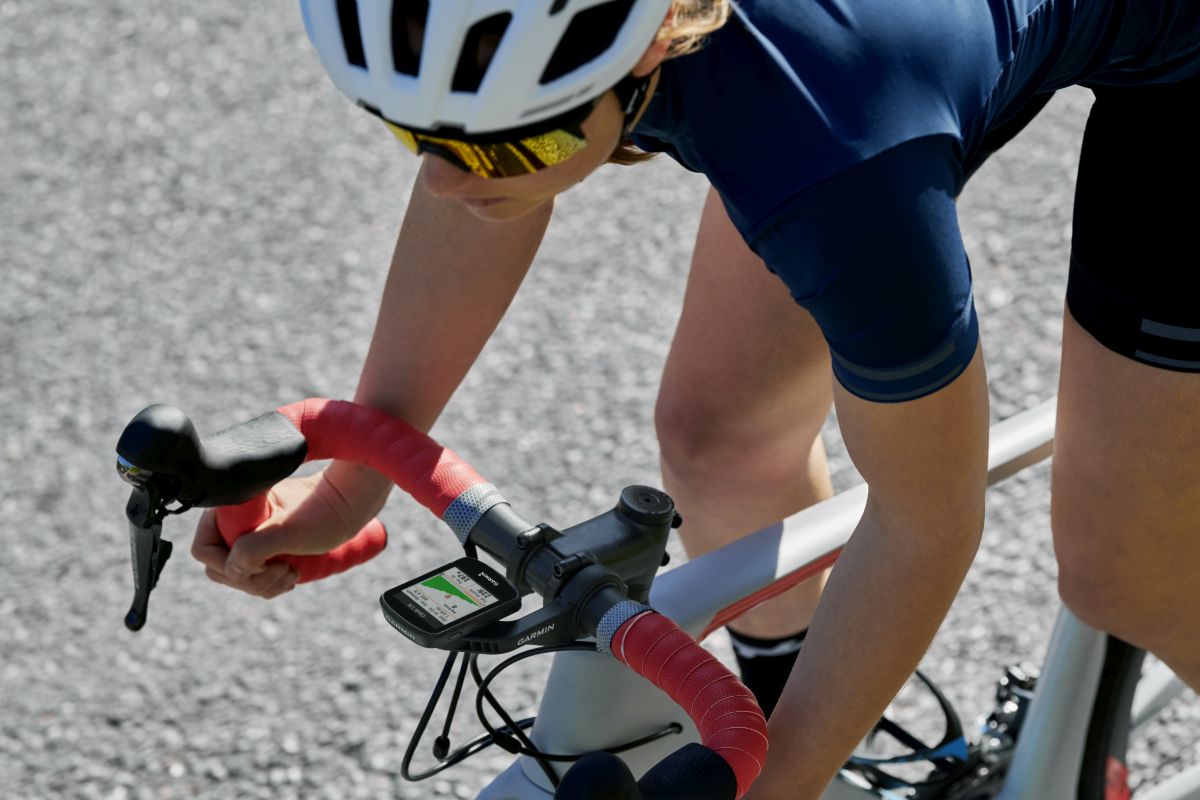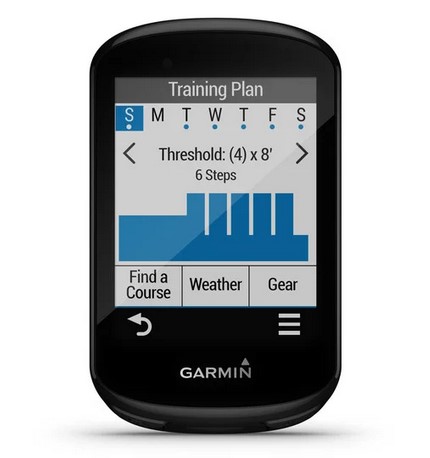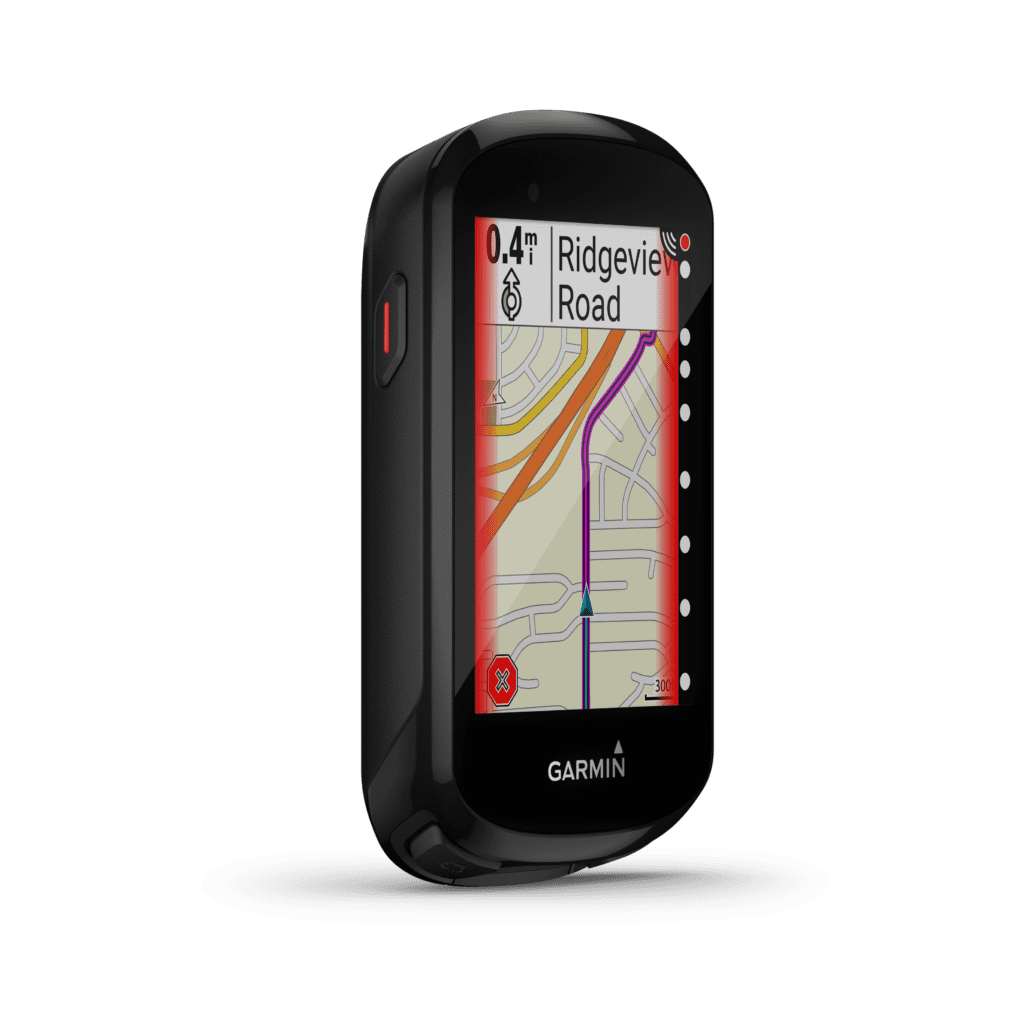Gear Review: Garmin Edge 830
A feature-packed bike computer that remains relatively compact.

Released last year, the Garmin Edge 830 replaced the extremely popular Edge 820, building on the extensive features that unit offered. Even with the recent release of the new Garmin Edge flagship 1030 Plus, the 830 is likely to be a popular choice for triathletes because of its impressive array of features and relatively compact size.

The first thing you’ll notice once you start using the Edge 830 is just how much information this computer is able to provide on its 2.6″ (66mm) display. Sure there are smaller computers out there (that said, the 830 measures just 50x82x20 mm and weighs just 79 g), but especially during a summer in which we’re not likely to be racing, sacrificing a bit of aerodynamics for the extensive training and map information available here is well worth it.
The other aspect of the 830 that riders are sure to love is the impressive touch screen that works even when wet or while you’re wearing gloves. The touch screen really helps create an intuitive interface to work with, too. Set up is a breeze through a combination of Garmin Connect on your phone and on the device, and customizing the data screens is also really simple thanks to the the touch screen capabilities.
If you’ve been riding with a more basic computer over the years, you’re going to be wondering what took you so long to jump up to a more advanced model like the 830 within a ride or two. You can get pretty much any bit of info you would ever want on the 830 – basics like speed, distance, time, power, weather, altitude area all there, but that’s just a given when it comes to Garmin products, right? Getting to more data than you can set up your main screen is simple, too, by just swiping through the different screens you’ve set up.
The 830 goes way beyond the basics, though, providing lots of dynamic performance monitoring including insights on your VO2 Max, training load, and even nutrition and hydration information. I especially loved that after each ride the 830 asks you to log your fluid intake, for example. Triathletes will especially appreciate the 830s capability to use advanced metrics to provide insights on how performance is affected by position and bike set up. You can connect the 830 to your smartphone to get notifications, too.

The mapping functions on the 830 are truly impressive. Even when you don’t have a route plugged in to the unit (which can be done either by downloading files or on the fly right on the computer), it’ll provide turn notifications for upcoming sharp corners – a nice feature especially when you’re on a fast descent. The ClimbPro feature provides info on how much more ascending you still have to do and what sort of grade to expect up ahead, and you can keep track of Strava segments in real time, too, if you have the right Strava membership. Syncing workouts to Strava or TrainingPeaks is seamless through Garmin Connect.
The Edge 830 is also jam-packed with safety features. It’s compatible with Garmin’s Varia rearview radar and lights and can automatically send your location to pre-loaded emergency contacts if it detects an incident, and can even send you an alarm on your smartphone if your bike is moved while you’re away from it.
Somehow the 830 manages to do all this while also providing an impressive 20 hours of battery life using GPS. Put it all together and it is hard to imagine what more a triathlete could want or need in a bike computer. For those looking for a bike computer that offers an extensive feature set, but is a bit smaller than the new 1030 Plus, the Edge 830 might just be the answer.
